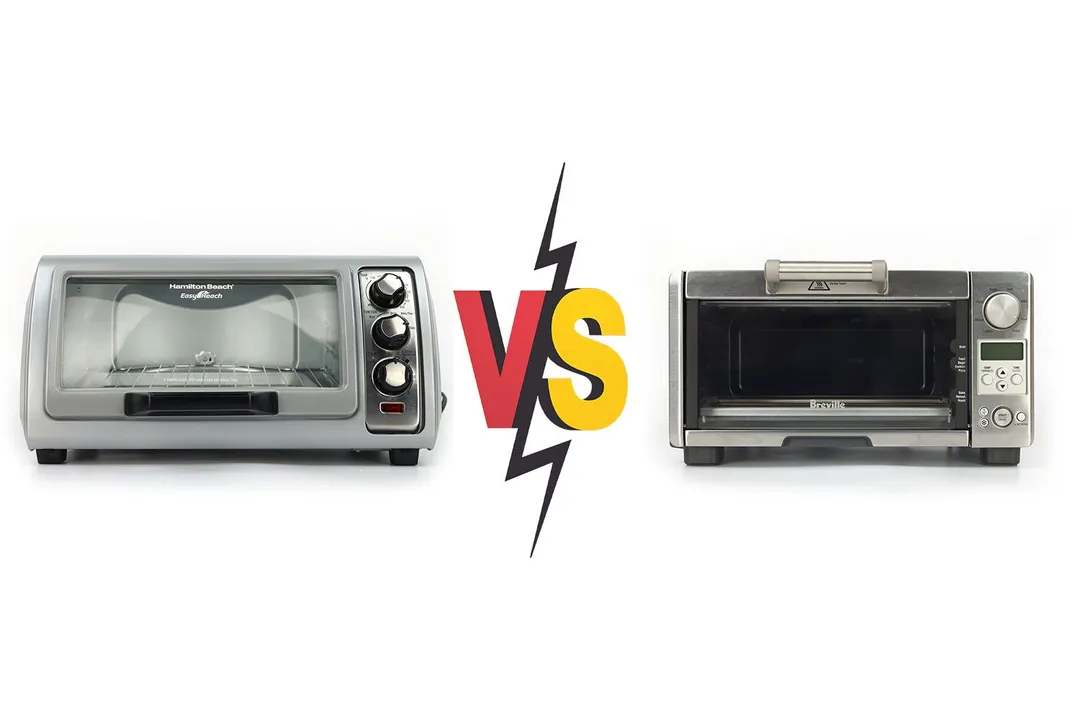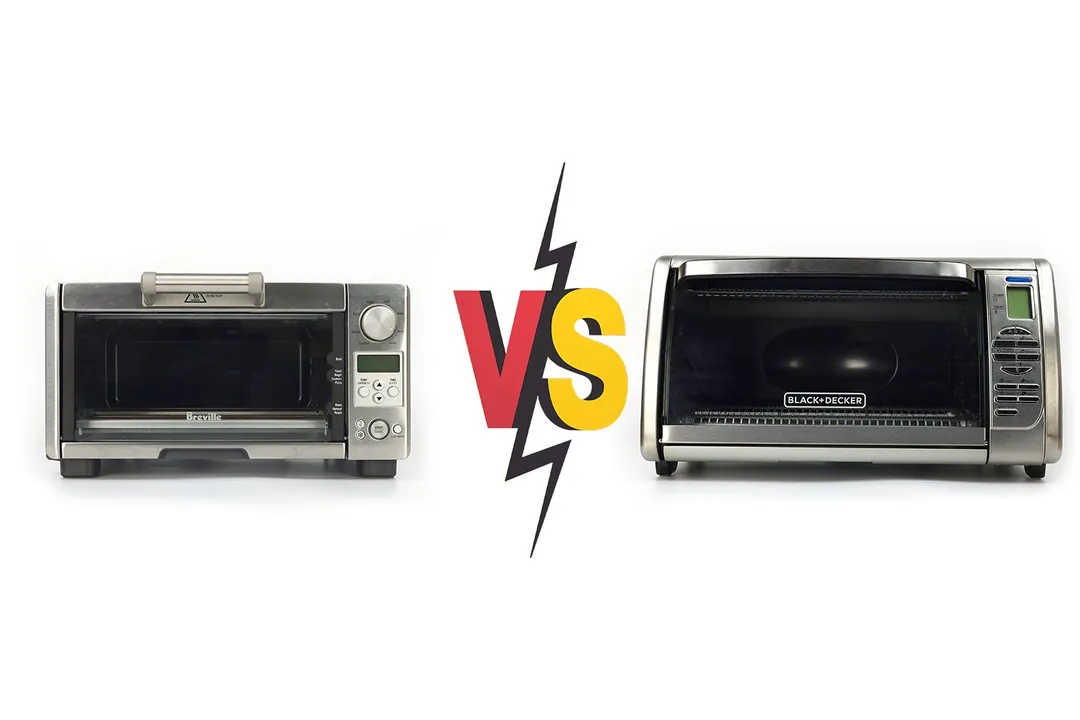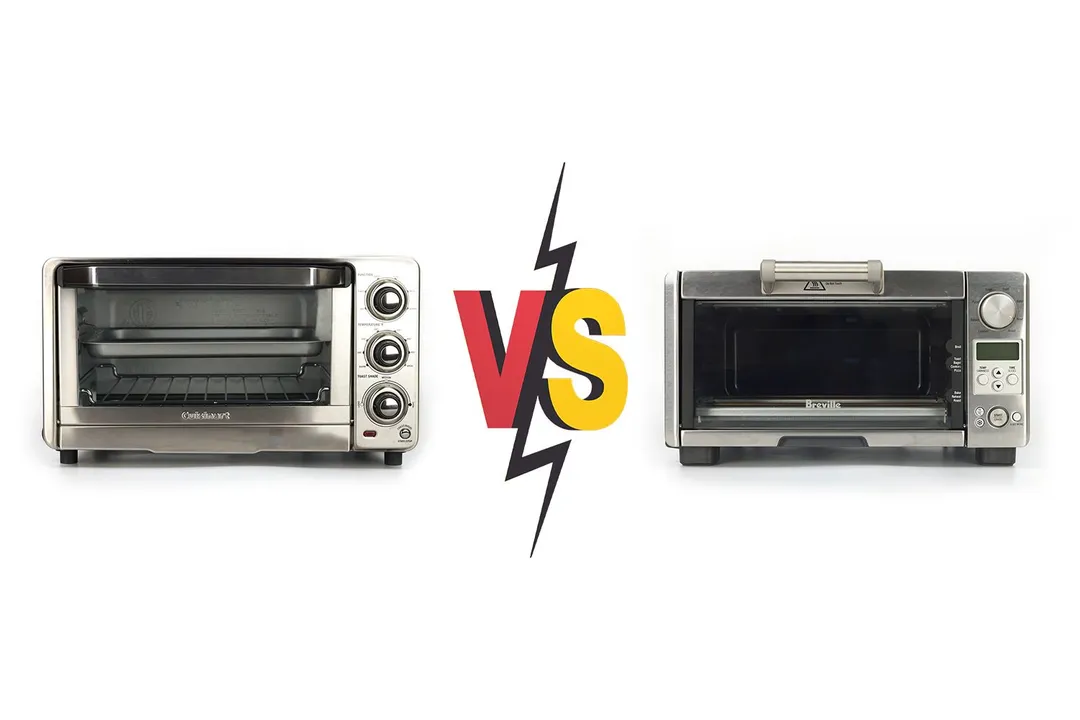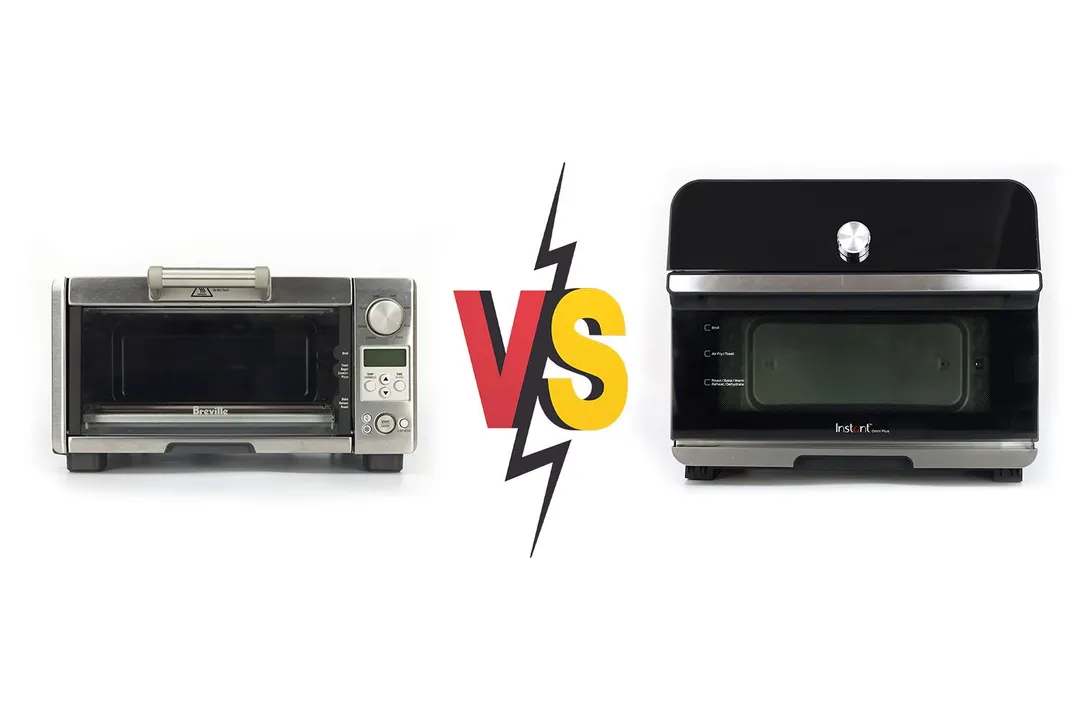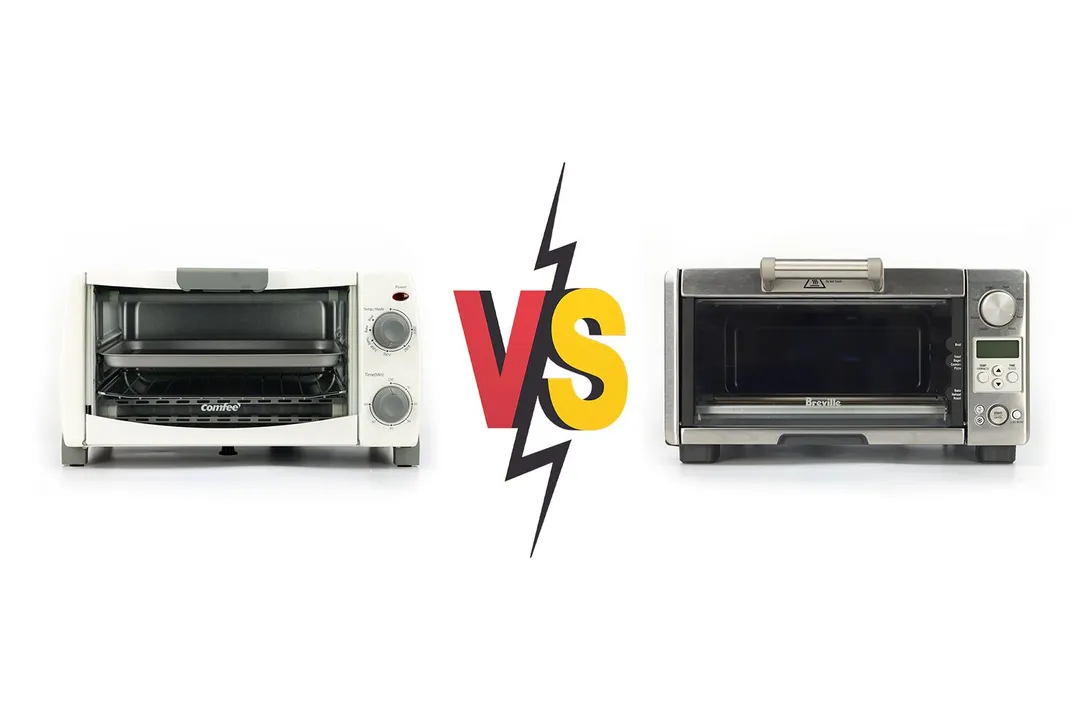Our recommendations are made independently through Research & Testing. We may receive commissions from purchases made via our links.
Breville BOV450XL vs Ninja Foodi XL Pro Toaster Oven Side-by-Side Comparison
Breville Mini Smart BOV450XL vs Ninja Foodi XL Pro DT201 Toaster Oven. The best small toaster oven doesn’t stand a chance against the best large model.
Breville BOV450XL
Tested Using Methodology v1.0Ninja Foodi XL Pro
Tested Using Methodology v1.0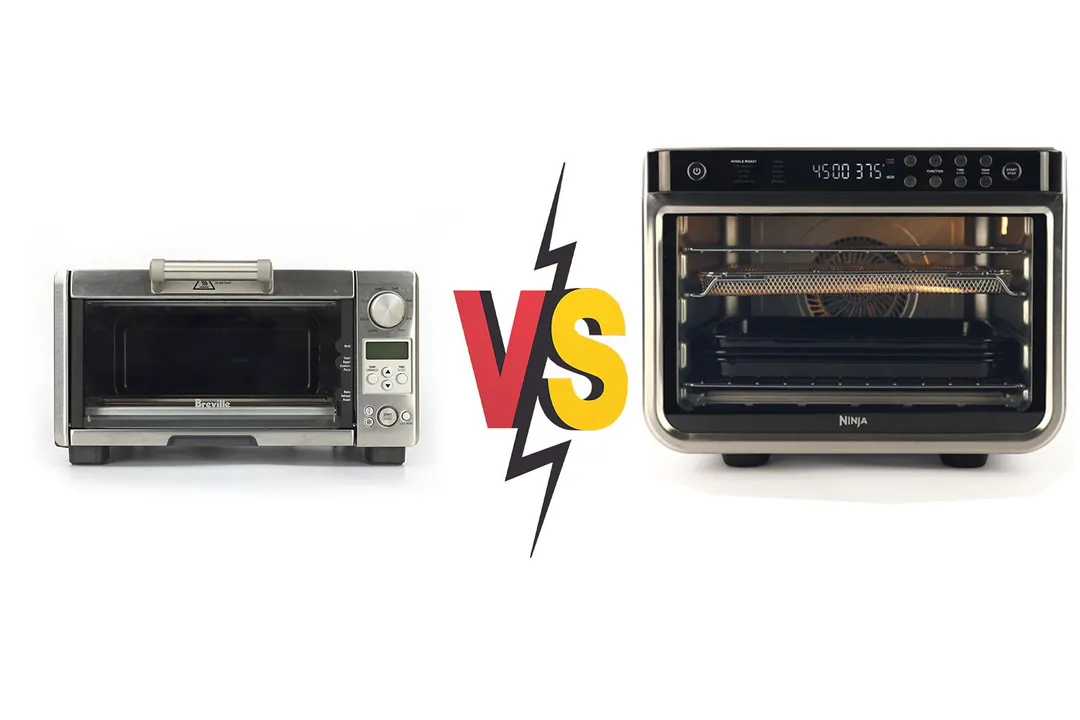
Overall Verdict
The battle between the Breville Mini Smart BOV450XL and Ninja Foodi XL Pro DT201 showed that even the best small toaster oven doesn’t stand a chance against the best large model.
These two toaster ovens don’t differ much in terms of build quality. However, the small Breville lacks too many features, especially interior-wise, compared to the large Ninja. As a result, the Ninja far surpasses the Breville regarding design and usability.
The same can be said about their cooking performance. When it comes to roasting a whole chicken, the benefits of having a strong convection system pulled the Ninja way ahead. The Ninja further solidifies its victory with its air fryer basket for air-frying fries compared to the Breville baking fries in a sheet pan.
The Breville managed to barely keep up with the Ninja in the toast test—both having the top tier score of around 8/10. These results can be contributed to both toaster ovens having the same power output. Most toaster ovens don’t deploy convection when toasting, including the Ninja, so the machine doesn’t get the benefit of said feature.
Although both units are digital, the Ninja displays much more detailed information, and its additional features actually improve ease of use, unlike the Breville. Credits where credits due, the Breville is slightly easier to clean thanks to its non-stick interior.
Pros & Cons
- Unique feature buttons
- Non-stick interior
- High-contrast digital display
- Sturdy construction
- Cool-touch door handle
- Easy-to-clean stainless steel exterior
- Convenient slide-out crumb tray
- Straightforward and informative control panel
- Tailored cooking functions
- Family-sized capacity
- Tray-level suggestions
- Sturdy construction
- Well-designed accessories
- Easy-to-clean stainless steel exterior
- Cool-touch door handle
- No interior lighting
- No convection fan
- Inconsistent heating elements
- No safety mechanism for the door
- Faulty interior light upon received
Key Specs
Where to Buy
*You help support HealthyKitchen101's product testing and reviews by purchasing from our retail partners.
Analysis and Test Results
Performance
Toast
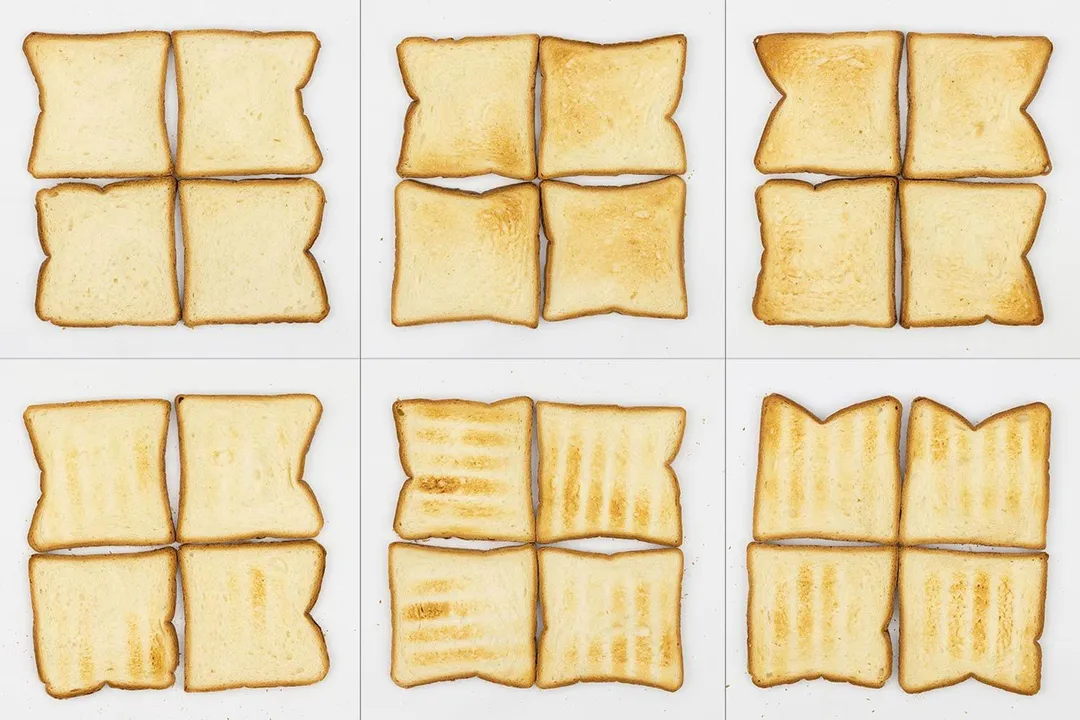
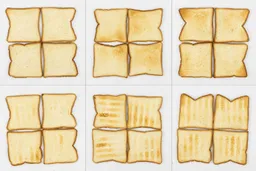
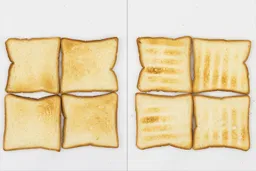
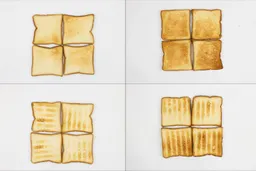
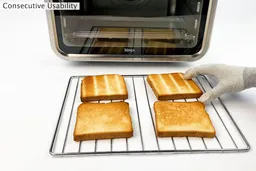
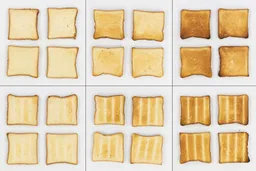
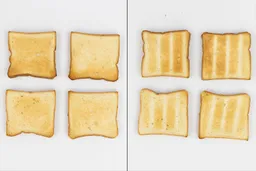
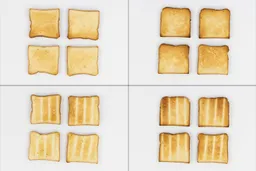
Pizza

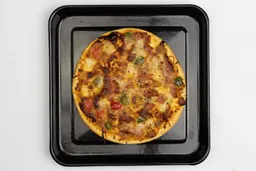
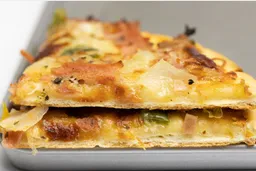
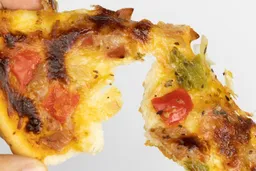
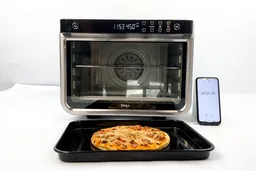
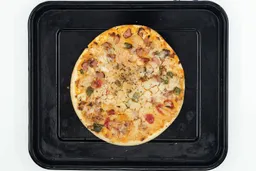
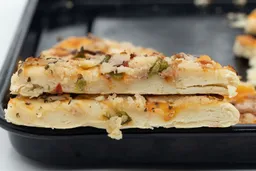

Whole Roasted Chicken
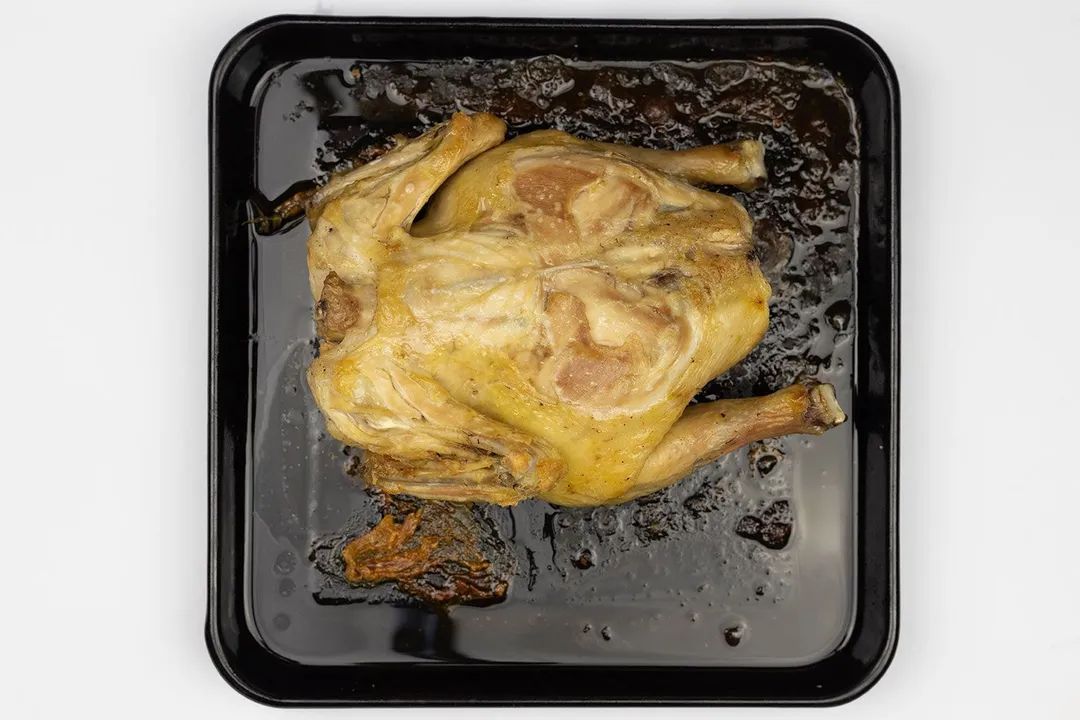
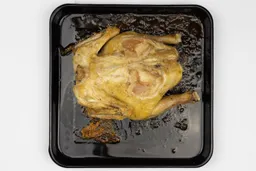
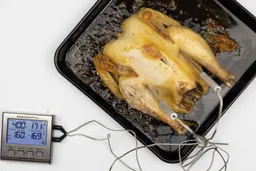
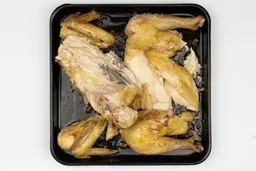
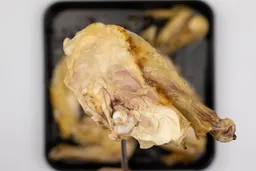
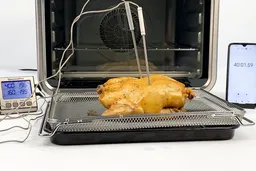
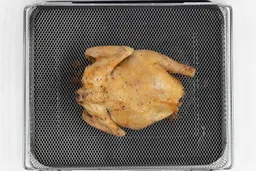
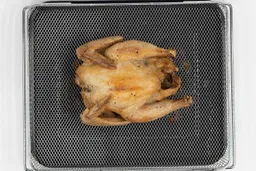
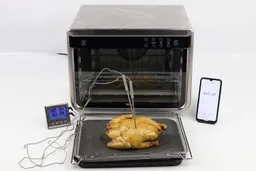

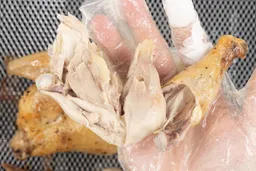
Baked French Fries
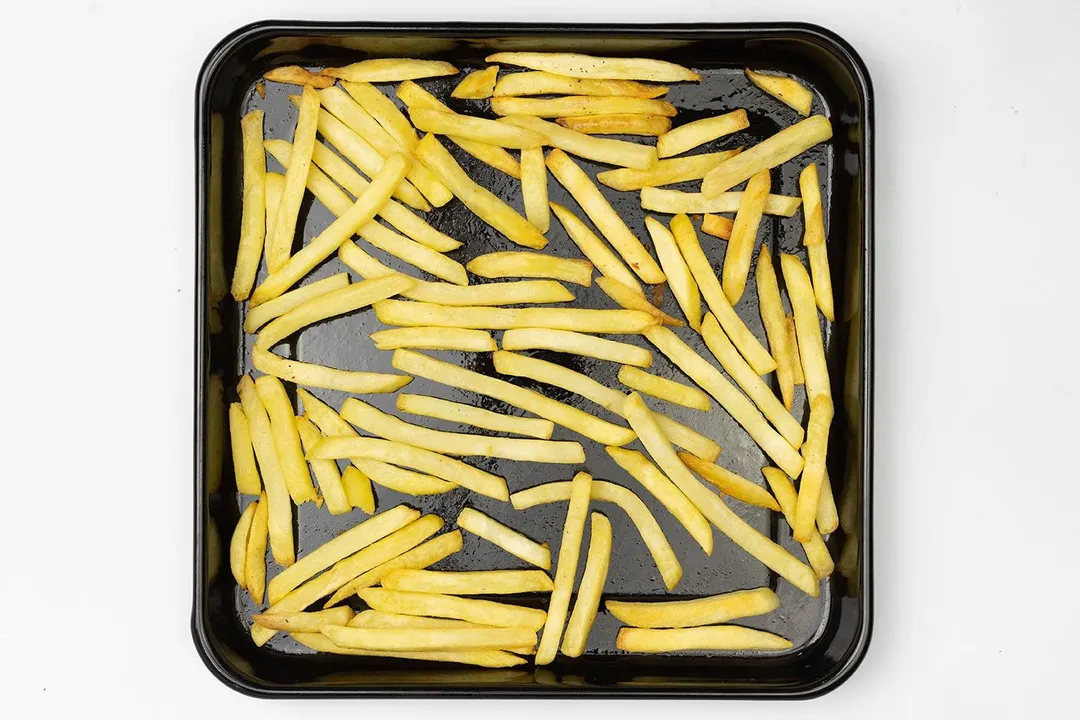
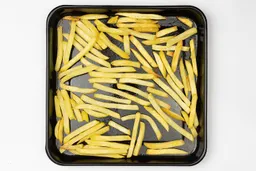
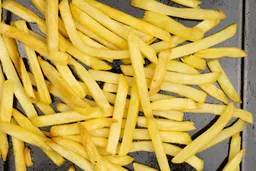

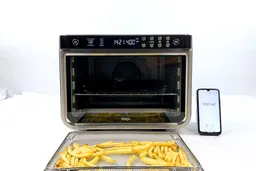
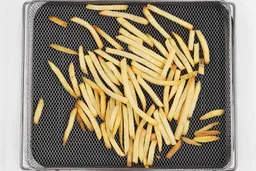

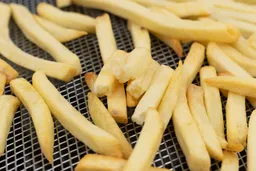
Design
In the Box
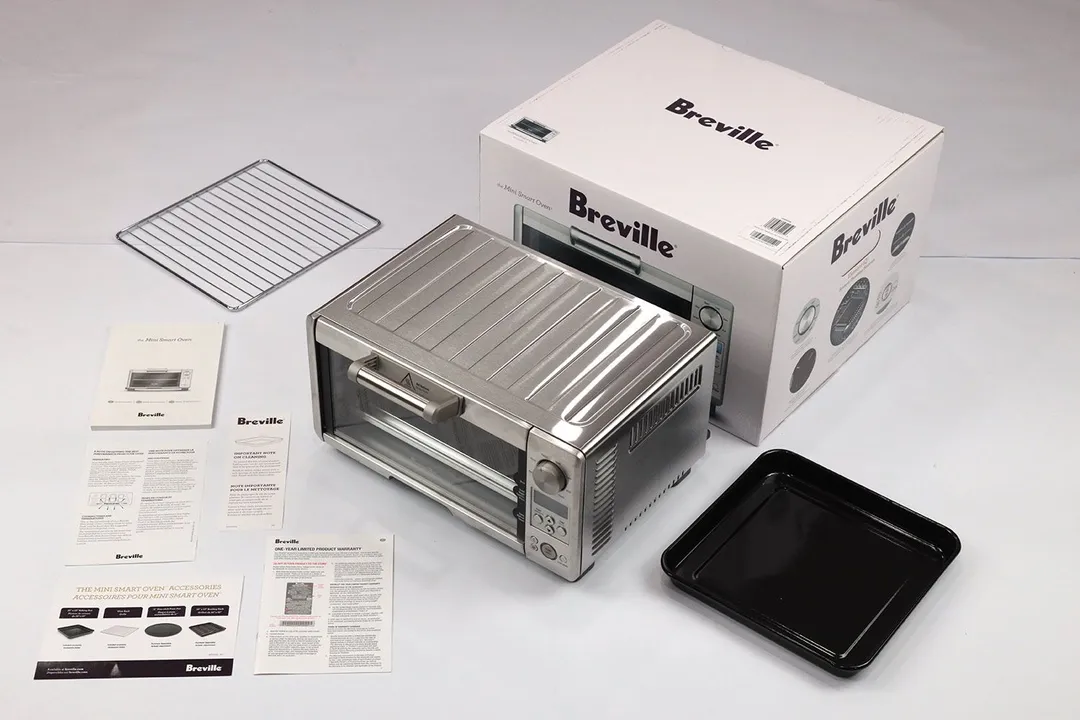
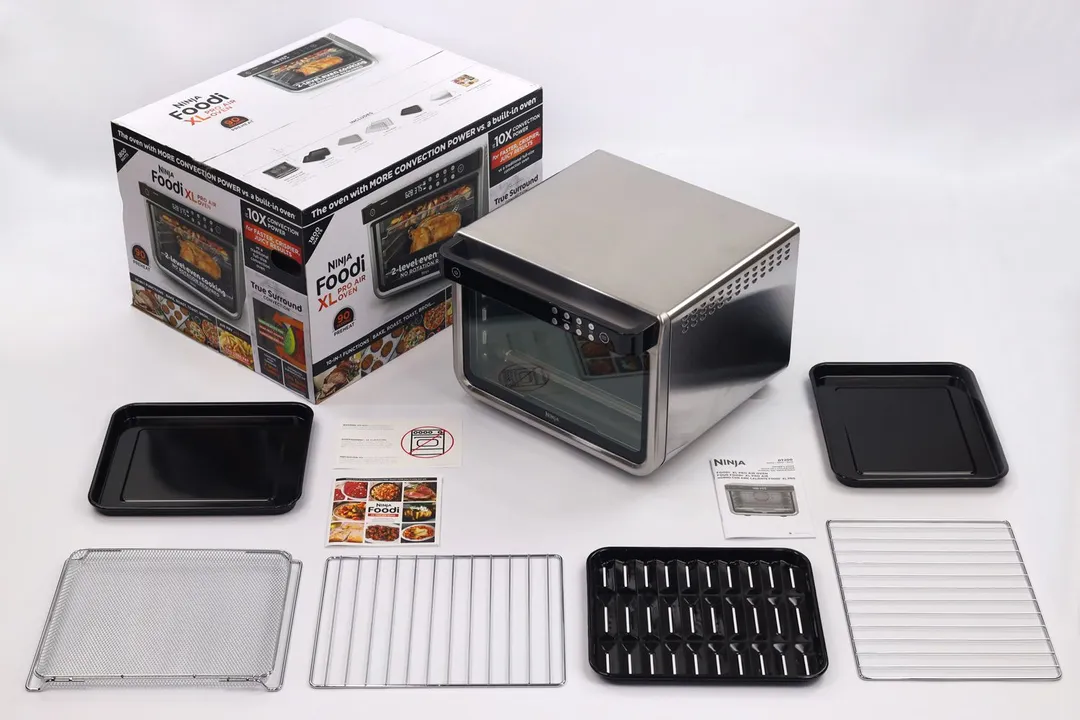
Exterior
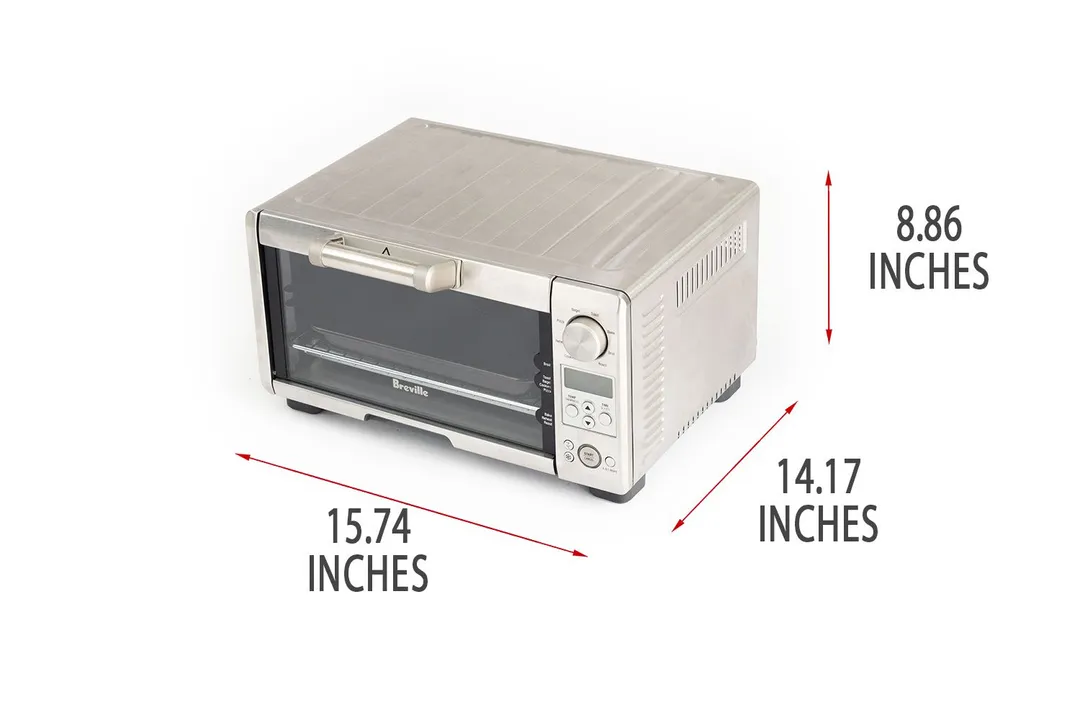
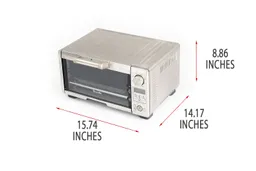
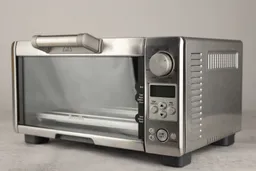
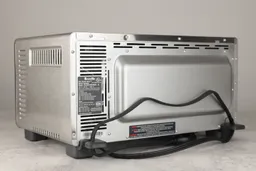
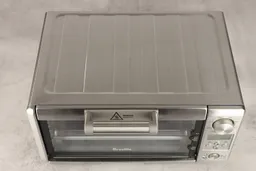
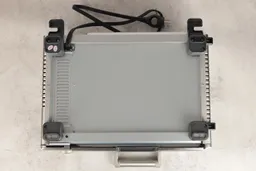
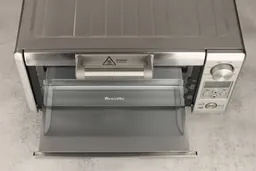
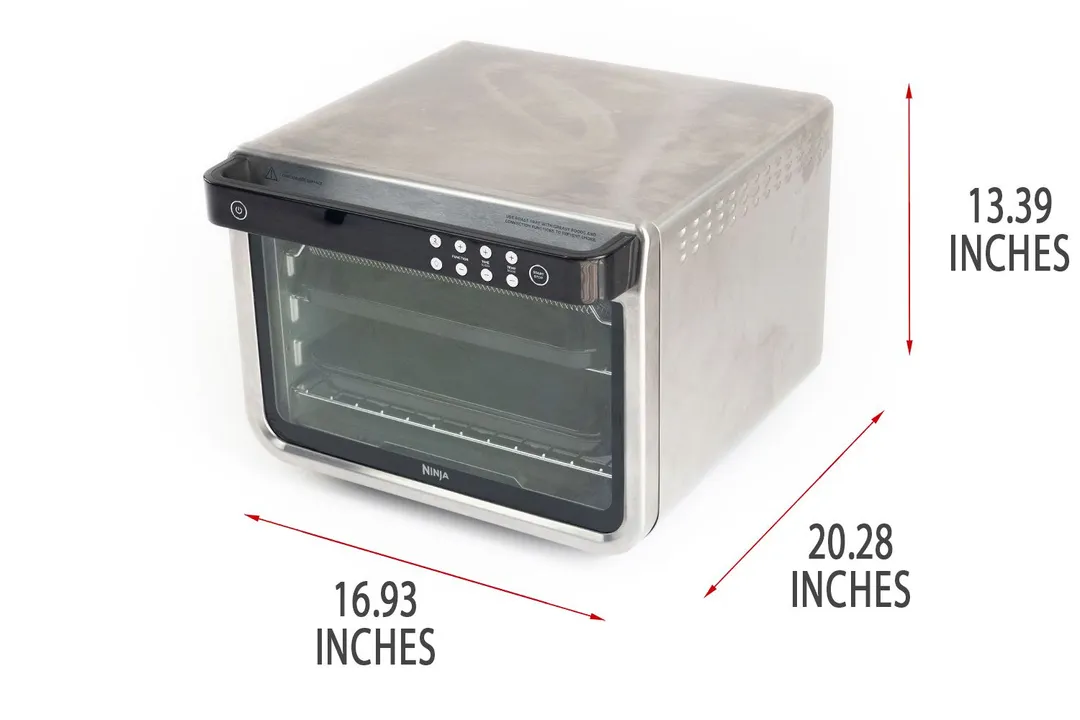
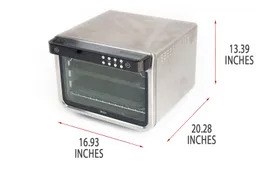
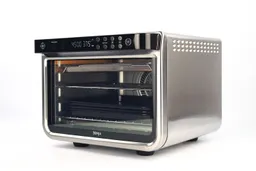
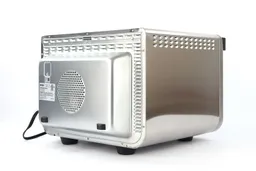
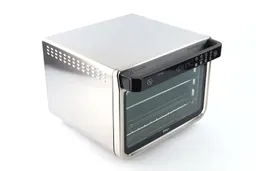
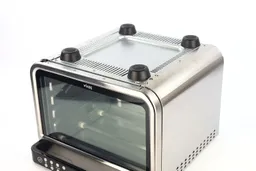
Control Panel
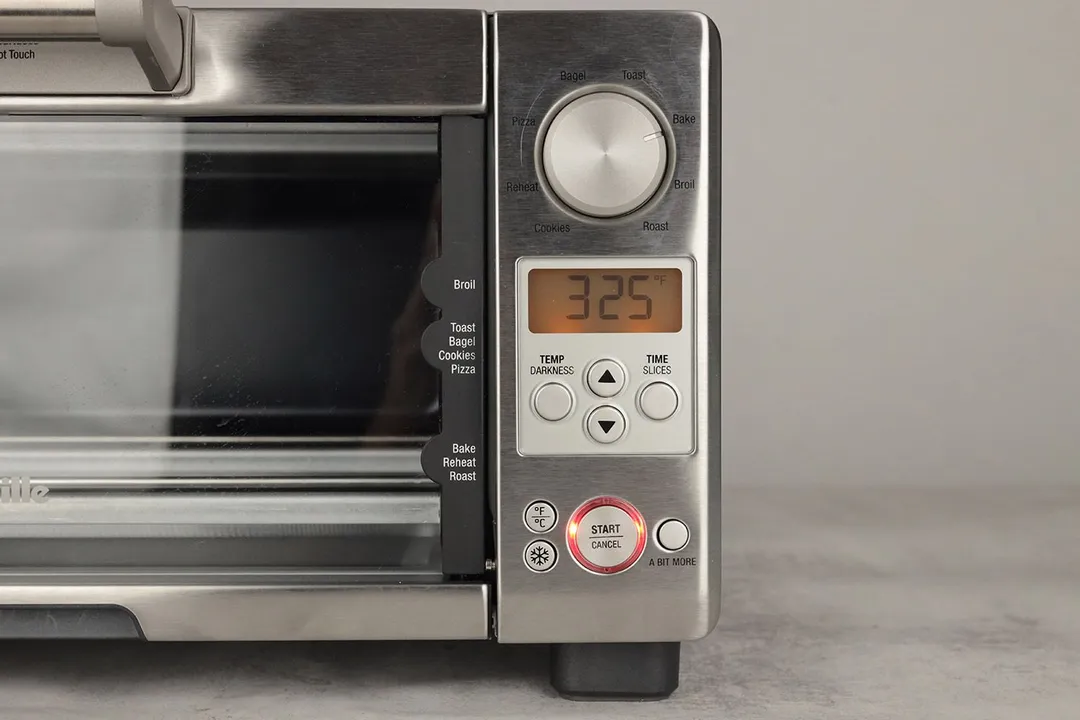
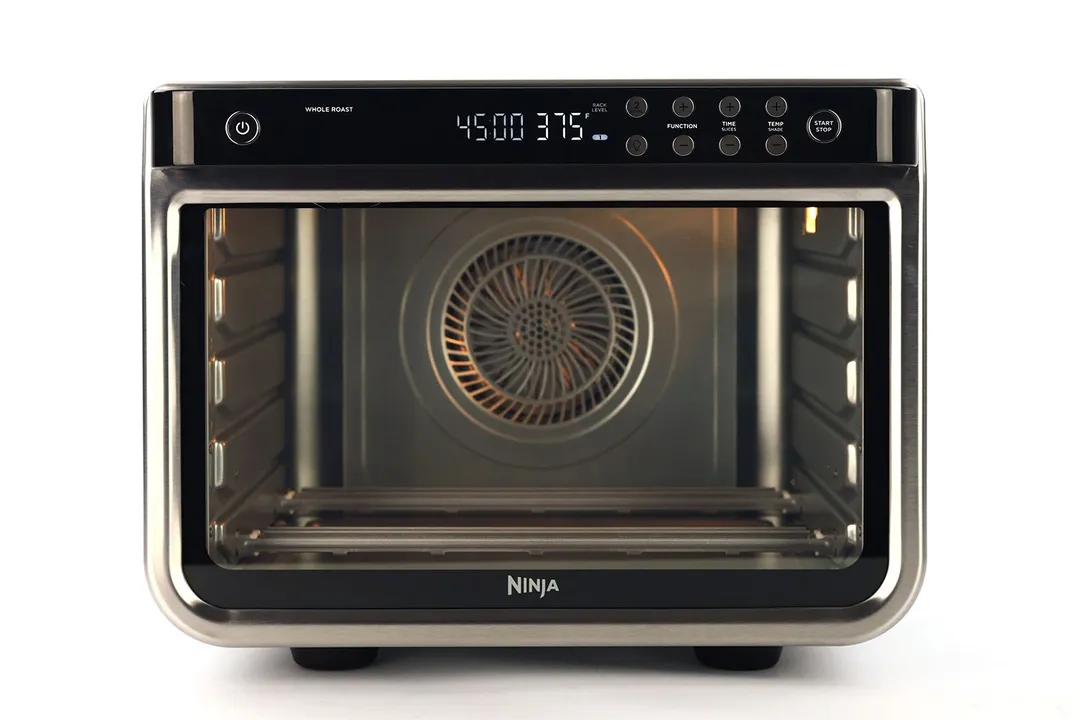
Cooking Functions
Interior
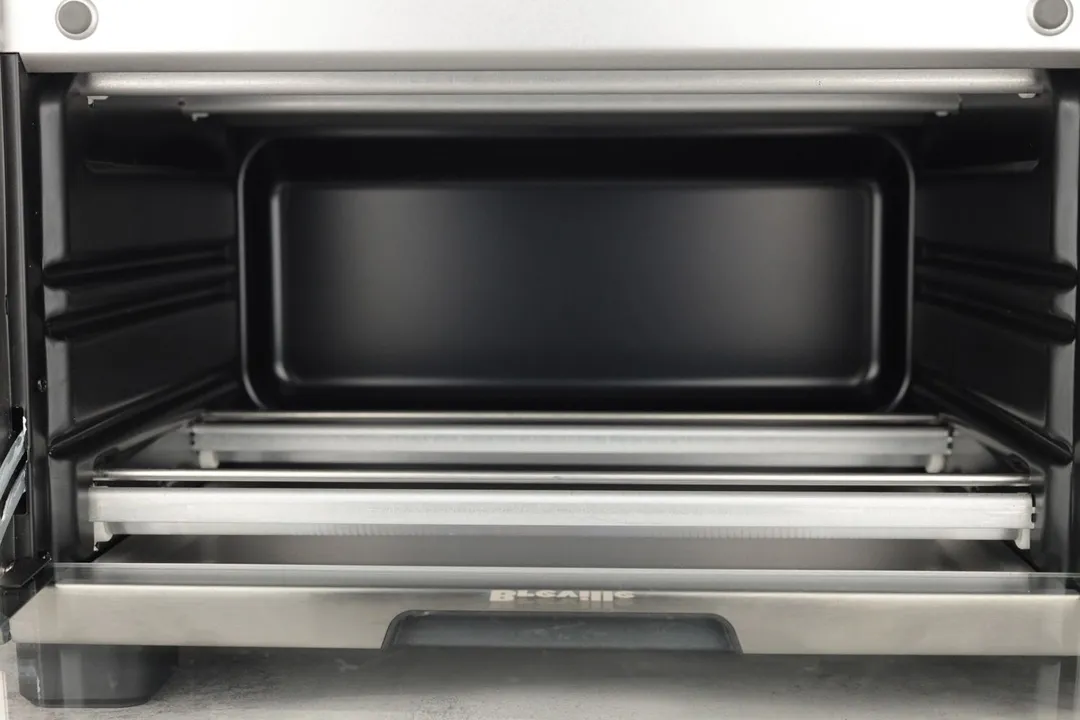
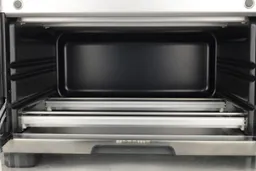
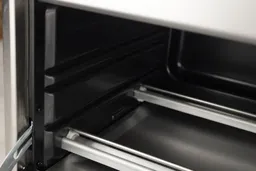
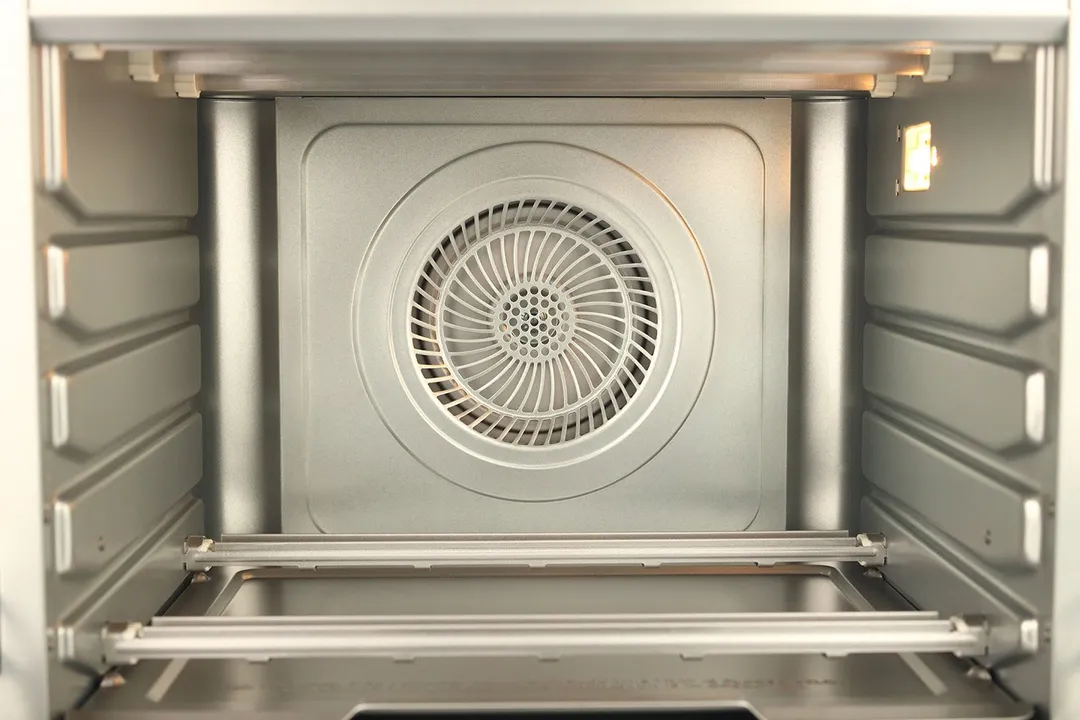
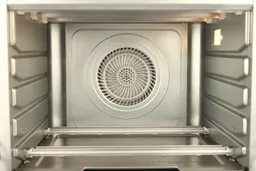
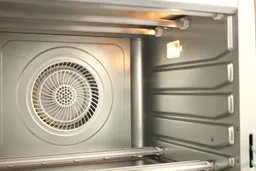
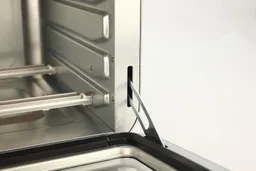
Power Cord
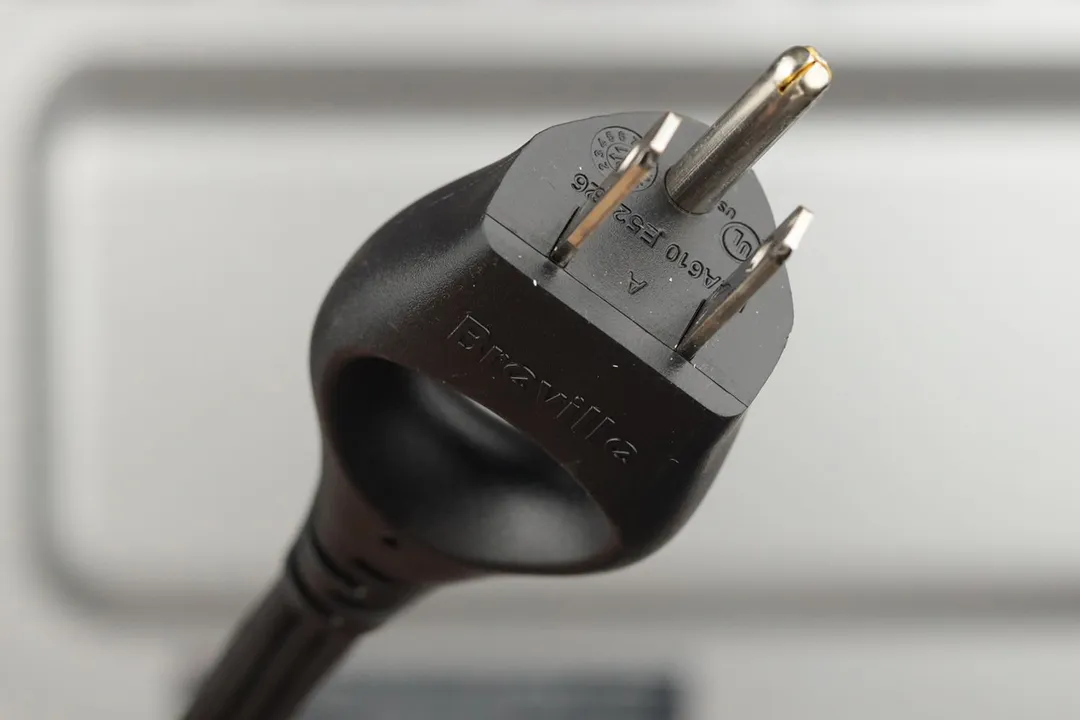
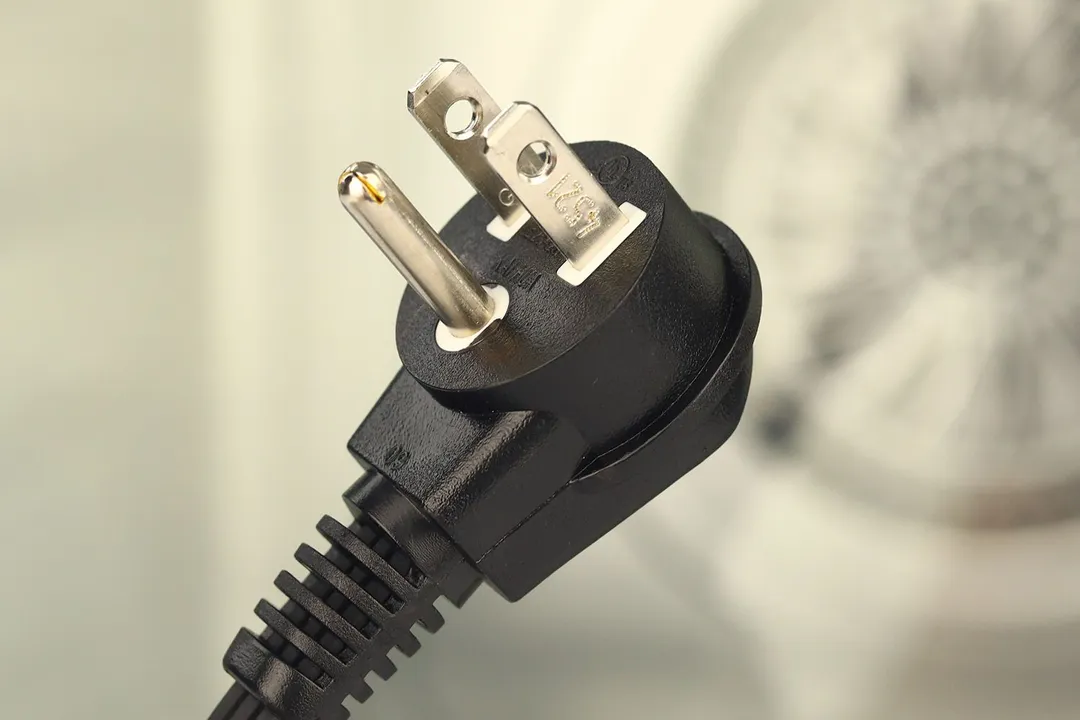
Accessories
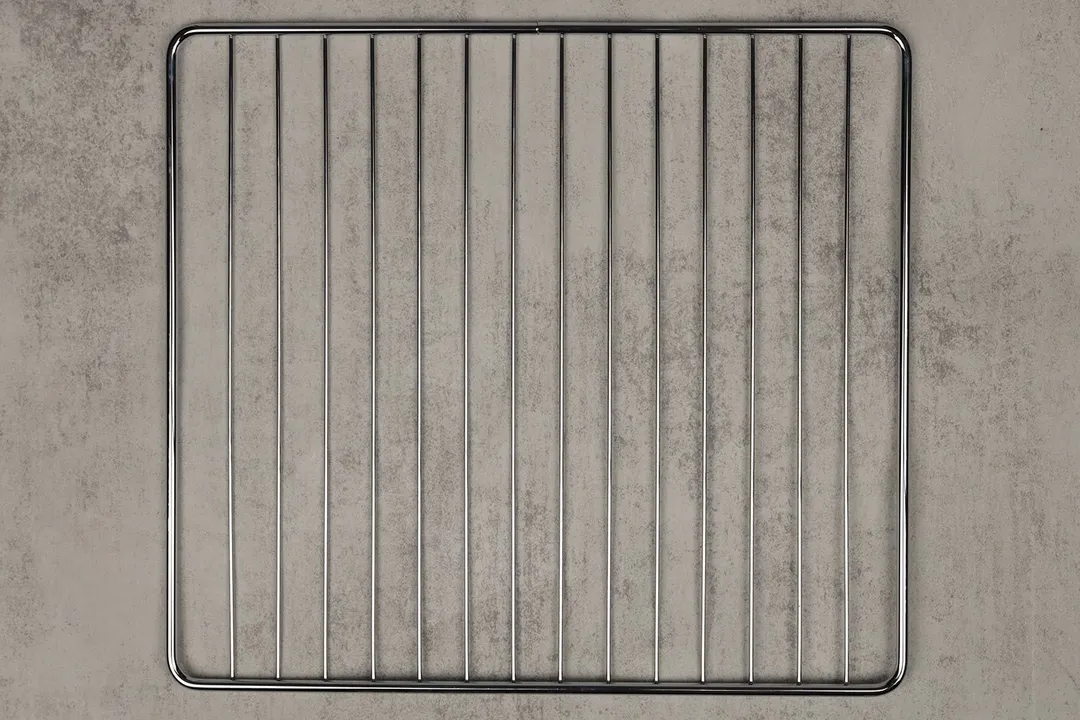
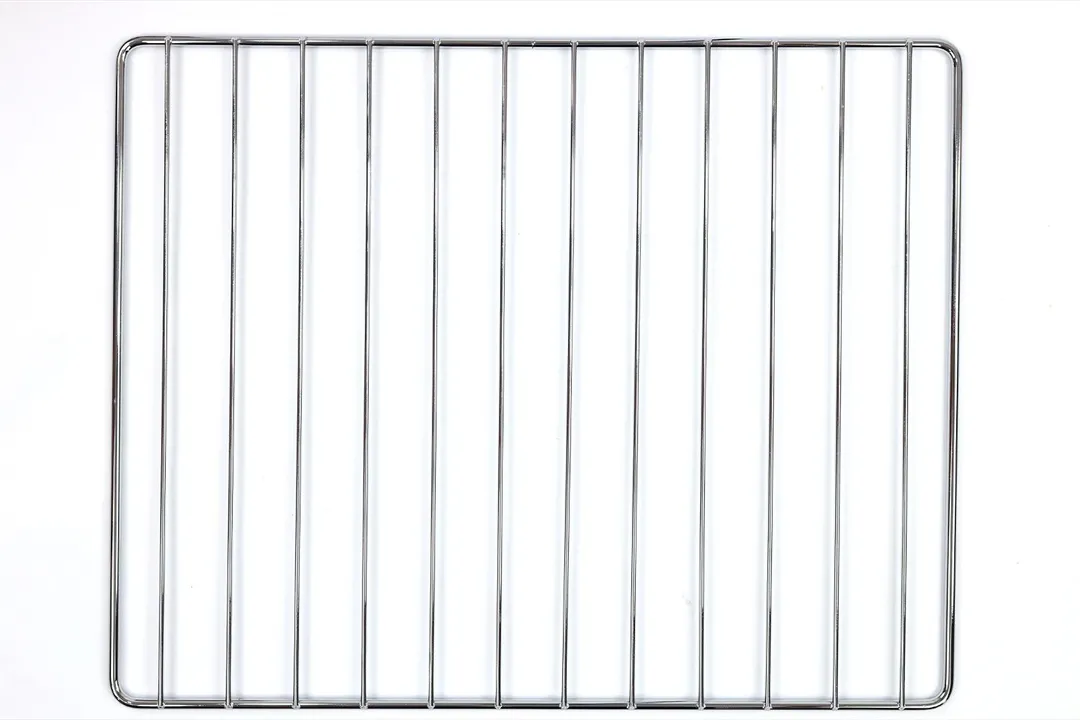
Build Quality
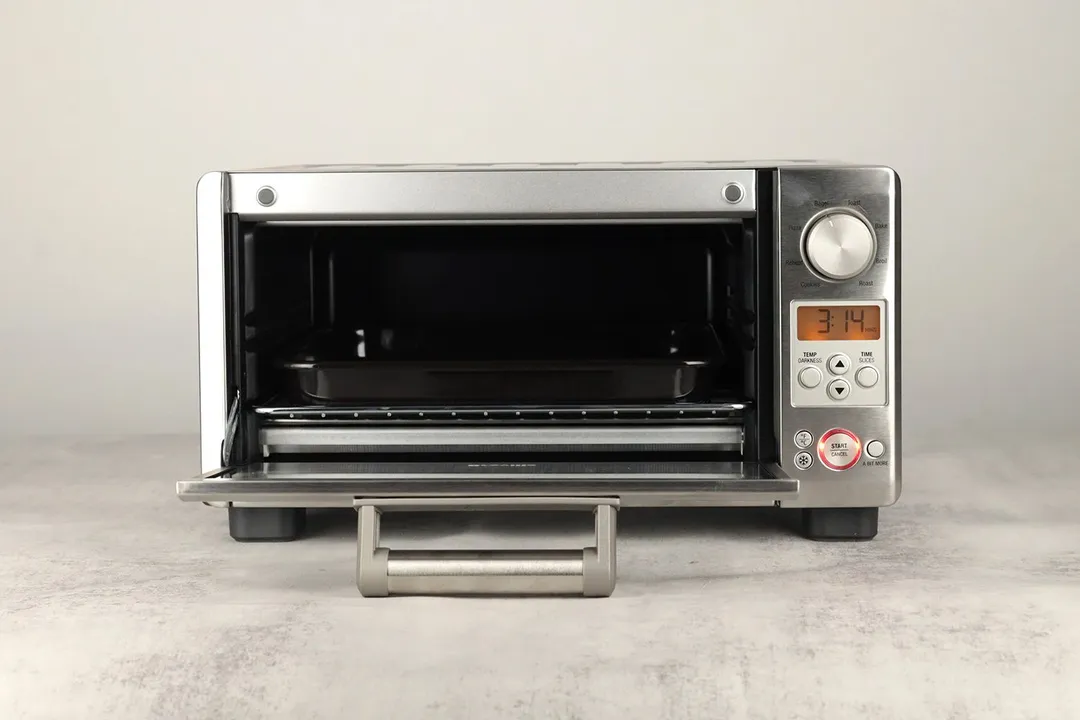
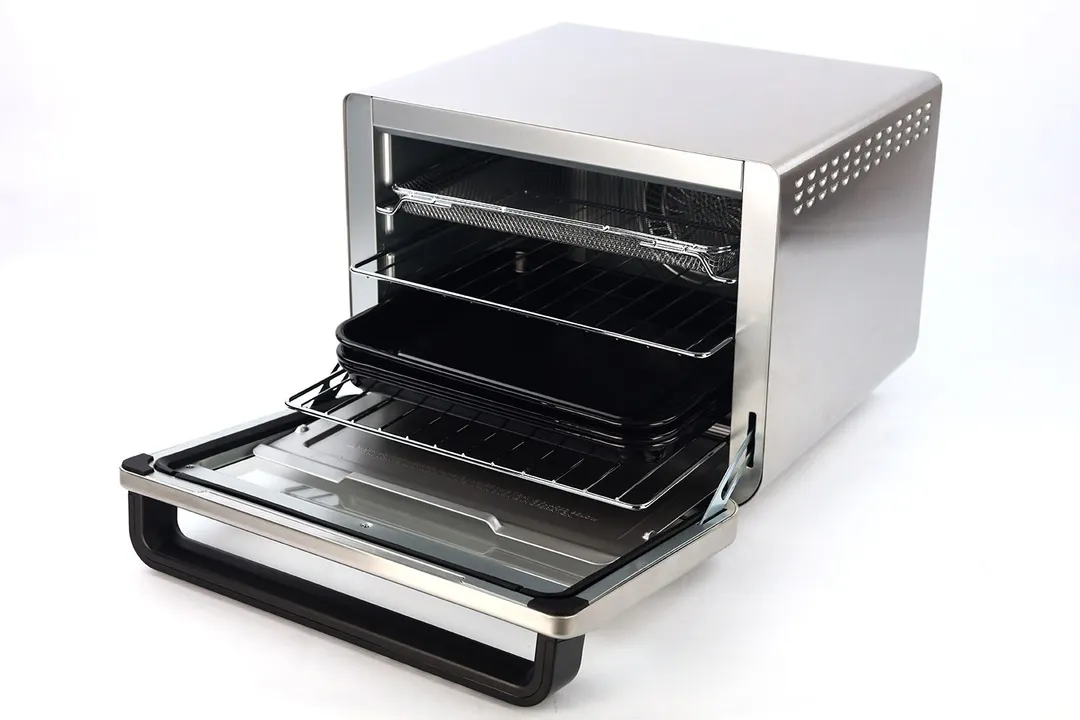
Capacity
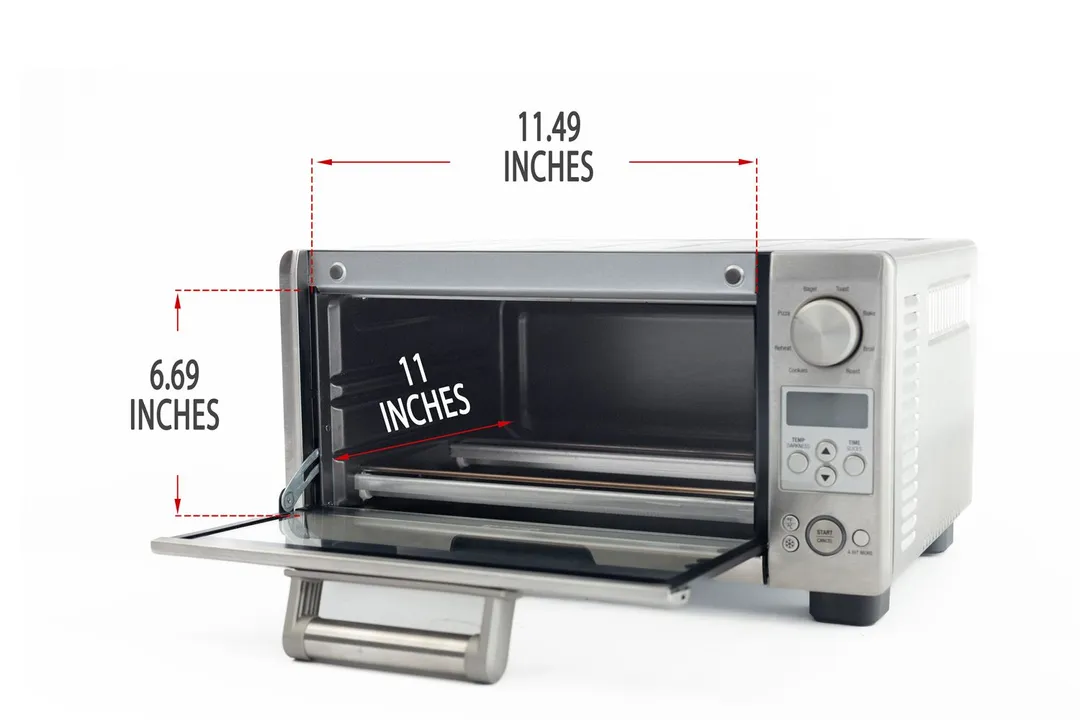
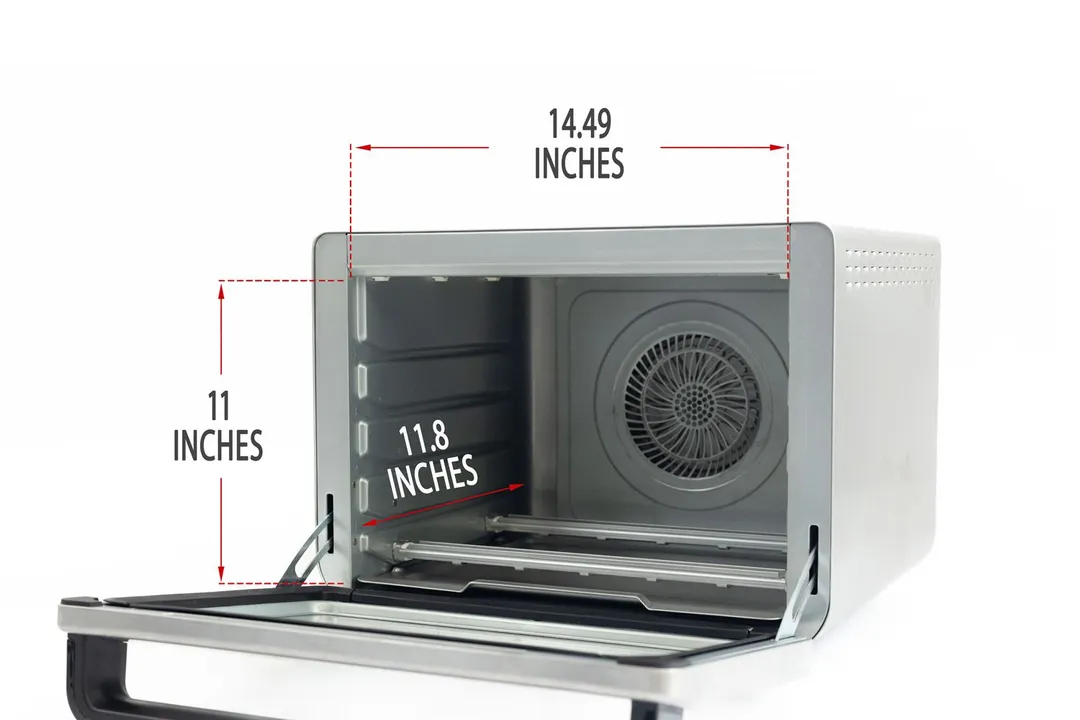
Usability
User Control
Ease of Use
Cleanability
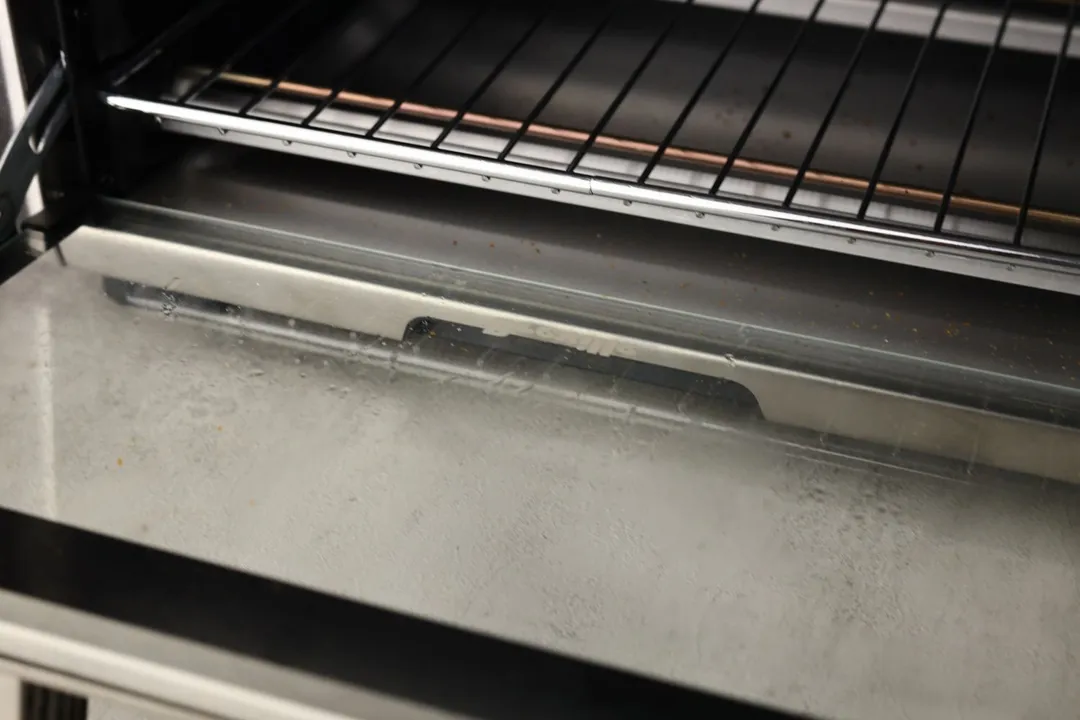
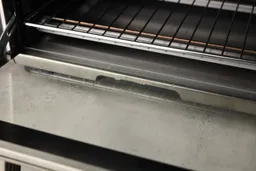
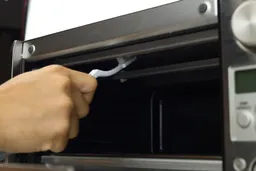

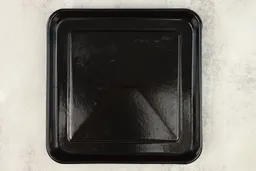
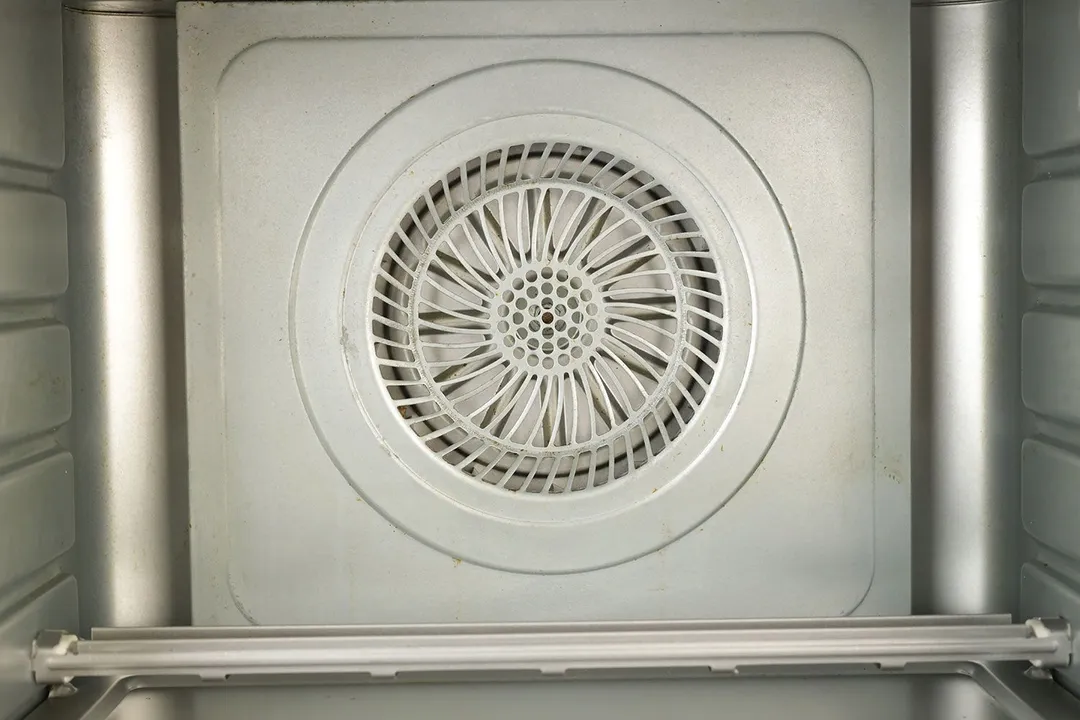
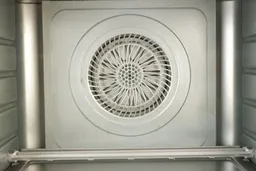
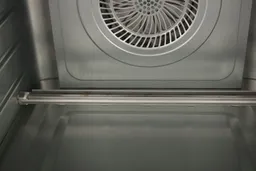

Behind the Comparison
Alan Nguyen is a writer and product reviewer at HealthyKitchen101. His major in English language teaching taught him to present concise information. In addition to his cooking hobby, he values the practical aspects of household appliances.
Lap is Head of the Research, Testing, and Review Team (RTR Team) at HealthyKitchen101.com, where he directs and supervises the testing of kitchen gadgets and appliances.
Tuyet Pham is an award-winning Saigonese chef passionate about delicious and healthful foods. At HealthyKitchen101, she develops recipes and collaborates with our Research, Testing, and Review lab to evaluate the performance of cooking appliances. Her assessments add a strong authoritative voice to our product scoring process.
Nguyen Ntk is a graphic designer, photographer, and videographer whose philosophy centers around respecting and celebrating the beauty of reality. Through his lenses, Nguyen strives to capture the true essence of objects and events, showcasing and highlighting authentic features without distortion or exaggeration.





